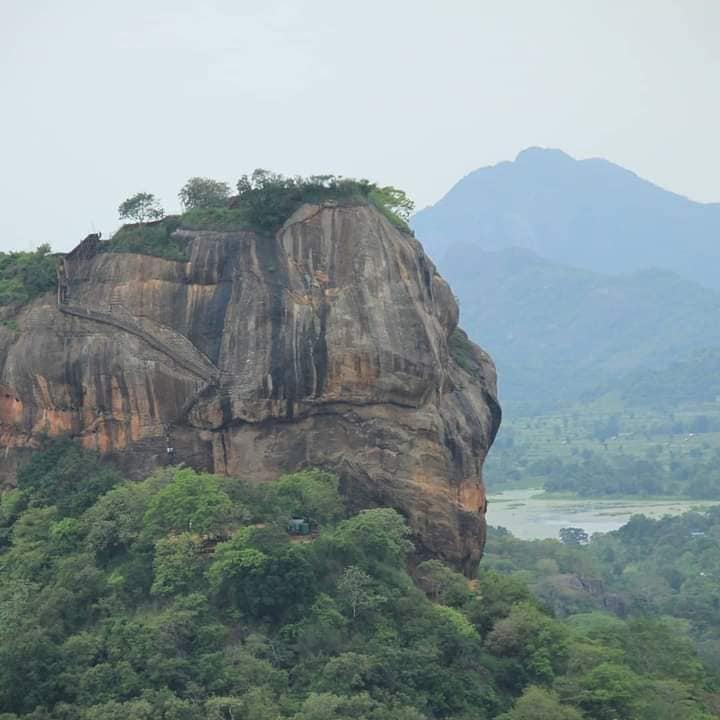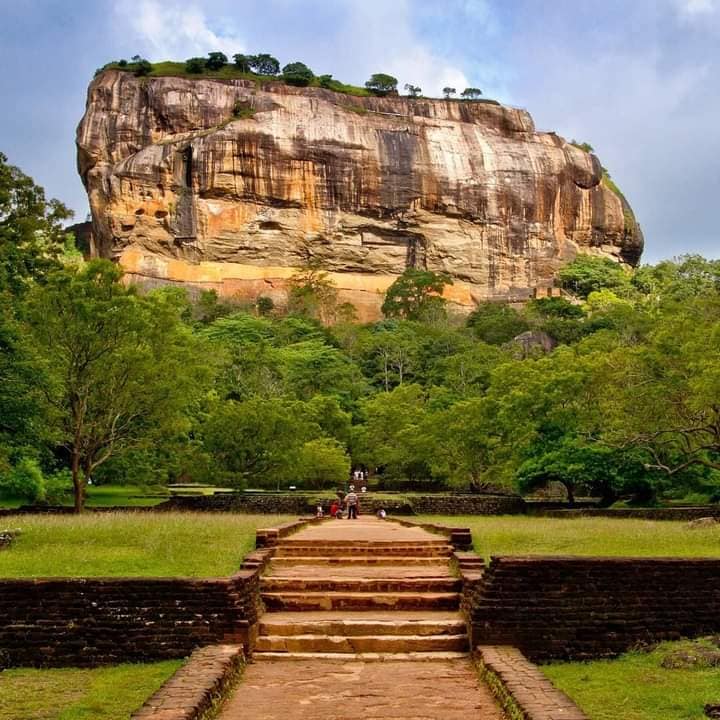First of all, the attention of local and foreign scholars on Sigiriya, considered the crown jewel of Sri Lanka’s cultural heritage and surroundings, needs to be more satisfactory for researchers. Sigiriya rawana 5000 years
It is not possible to say why some archaeologists and explorers, who failed to come to a new conclusion from the found facts, limited their attention to Sigiri paintings and its beautiful waterfalls rather than searching for the past and the underbelly of Sigiri.
Lal Shri Niwas of India (1983.05.08 Weekend Sun) said 15 years ago that there is a more precious history under this rock than on the stone’s surface. I now realize what a wise statement that was.
When researching a noble place like Sigiriya, it is not the duty of the researchers to save themselves.
It is unnecessary to explain that intelligent researchers must pay attention to even a grain of sand that catches the researcher’s eye in such research. Researching this historical Sigiriya is an arduous task that requires hardship.
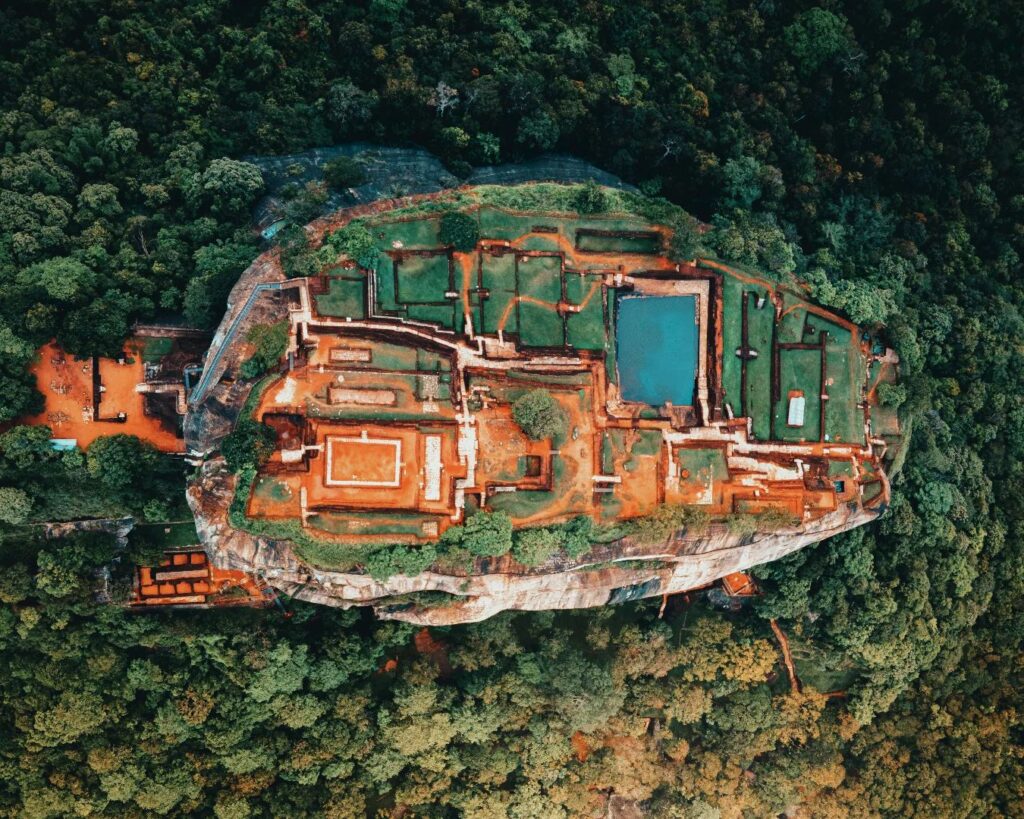
Complete service to the people can be provided to academics who willingly join such a difficult task, not to contractors who carry out research projects based on foreign capital investments.
Sigiri Kurutu Gee AD. Professor Senarath Paranavithana (an archaeologist in Sri Lanka) concluded that they belong to the 8th and 9th centuries.
Kuvera (an Indian king) lived in Sri Lanka before settling in the northern region of the Mahabharata. Ravana, the son of the stepmother, took away Kuvera’s flower chariot (a plane fueled by a chemical substance) and the kingdom and expelled him from Ceylon.
The place where Kuvera, the owner of the world’s first aeroplane, lived in the present-day Sigiriya.
Sigiriya belongs not to the lithic period but to the prehistoric period when the megalithic culture existed, a fact that becomes clear when doing profound research.
That etiquette system was built in the Maha Shila or Megalithic culture, which first began colonizing and urbanizing Sri Lanka. Archaeological explorations have discovered many facts about this culture in places like Ibbankatua and Pomparippu.
This historic Sigiriya belongs to the Megalithic culture.
According to historical sources, a village or a country has had a different name than a country for thousands of years. Like Sri Lanka, Sigiriya has had various names used in other era.
The Mahavamsa, Dipavamsa, Poojavaliya, Rajavali and Nikaya Sanghara, the moarencient literary sources of Sri Lankin, have recorded very little about Sigiriya. Because Mahanama Thero did not admire King Kassapa (477-495 AD), who usurped the throne from King Dhatusena (459-477 AD), who was the son-in-law of Mahanama Thero, the author of the Mahavamsa, they had no respect for that patriarch or his murderer. Mahavamsa’s author was reluctant to provide more details about the palace
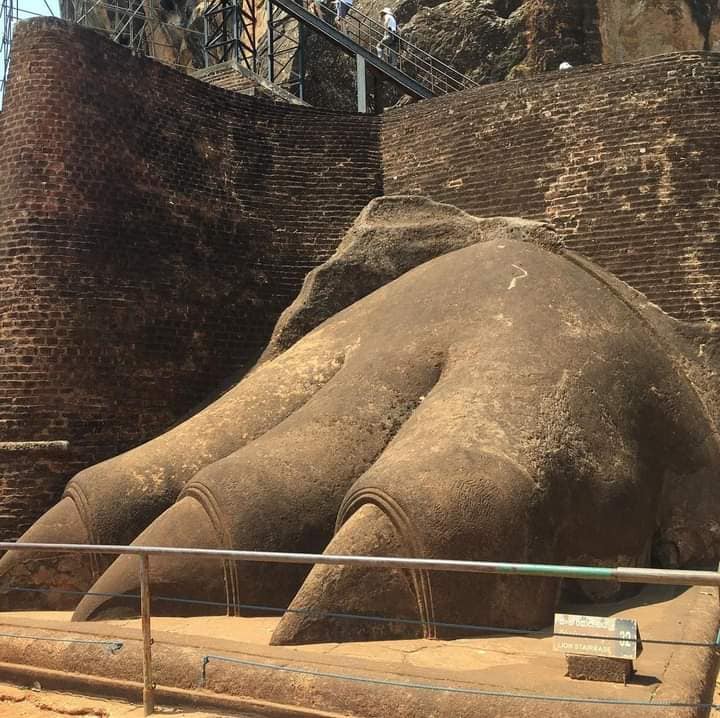
Thus, Mahavamsa shed light on the idea put forward by Dr. Annesley Herman Mirando that the monks who meditated for weeks at that place became conscious of the meaning of the rock that was the abode.
The present world can learn about Sigiriya from Major Jonathan Fawbes. Major Faubes, who went to Sigiriya from 1831 to 1833 and did a survey, mentioned it in his book Eleven Years of Ceylon. Phoebes, who wrote about Sigiriya without climbing the mountain, deserves credit for discovering Sigiriya.
It. Y. The two Englishmen, Adams and J. Bailey climbed Sigiriya for the first time, and T., an Asian language expert. W. Reese. Professor Senarath Paranavithana mentions Mr Davis as the foreigner who saw Sigiri paintings for the first time. [Sigiriya rawana 5000 years]
Not only archaeologists, university students, poets and writers but also some researchers are chasing Sigiri Vitra and Kurutu Gee, so it has become an obstacle to correctly understanding the glorious past of this place hidden among the stones.
There are countless sources that King Ravana, who robbed Kuvera’s residence and kingship, built this Sigiriya as one of his palaces.
In identifying where Ravana’s Lankapura was, we must pay attention to three areas. The first one is the Sigiri rock, known as Kuvera’s Alakamanda, and the story of Ravana usurping Kuvera’s kingship brings a new light to this story. (Former Commissioner of Archeology M. H. Sirisoma Silumina, 16.06.1991)
Sigiriya was a part of the historical Lankapura kingdom itself, which can be seen when extensive research on the Laggala area was done. Innumerable sources, places like Kataragama Vardo Kanda, Nuwara Eliya Pidurutalagala, Mahakudugala and Kikiliyamana were the centres of the Yaksha tribal aborigines. According to the archaeological evidence, it is clear that human relations have existed in Sigiriya for more than 5000 years until the historical era,” Director General of Archeology Dr Shiran said. Deraniyagala says (Silumina, 1994.04.17).
This opinion of Dr. Shiran Deraniyagala also confirms that Sigiriya belongs to the Megalithic culture or the Great Stone Age. [Sigiriya rawana 5000 years]
According to Swami Gauri Bala, a German national who was once a Buddhist monk and then a Hindu priest, ‘It was a centre for the initiation of Buddhists in the Mahayana Tradition and that Paintings represent the goddess Tara of the Mahayana Buddhist Pantheon who is also the consort of Bodhisattva Avalokteswara. ” (Sri Lanka Today-Raja de Silva pp-12)
Many scholars have not discussed this vast place but rather the paintings and poems. Instead of going inside a massive fort and checking its condition, it is often to enjoy its ornate paintings and catchy songs.
Kandy, which explores historical events in terms of exorcism. According to Marcus Fernando’s research, the first men who lived in Sigiriya were Ravana and Kuvera. (Weekend Sun 1994-April 01)
It is fair to say that the Sigiri Fort, belonging to the Lankapura kingdom, which was destroyed after the Rama-Ravana war, was entirely renovated by King Kassapa (477-495 AD). There was another reason for it.

Marcus Fernando believes this Sigiri architecture can be compared to the Mohandojaroharappa culture, which is over 5000 years old. (Weekend Su 1994.04.01)
When Mrs Sisi Kumarihami of Nilgala Valley came to Talkote village in 1940, she had written down some Teravili poems recited by a villager named Punchira in her handbook. Two poems are included in The Cultural Heritage of Jing Rawana (page 21).[Sigiriya rawana 5000 years]
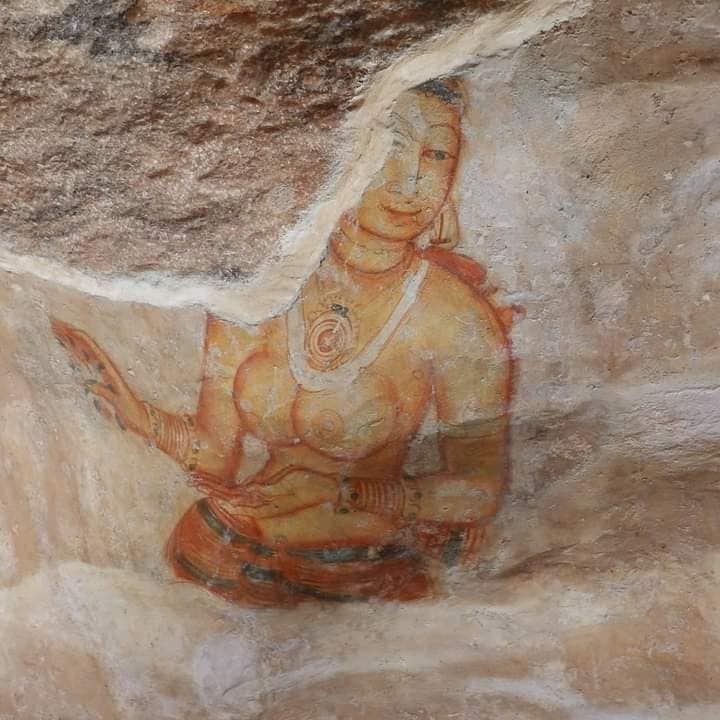
. was a well-known historian because demons lived in this Sigiriya area in ancient times. C. Lori says.
The Native Traditions tell of the occupation of Sigiriya by the Aboriginayakkha. Another Local Tradition Connects the rock with King Devanampiyathissa, who reigned about 266 BC
Mandori (Thinwaist) is a female name that means having a thin waist. Some people have mistaken this for Mandodari (a person with a belly like a pot). (Professor Wimala Vijayasuriya)
Queen Mandoari was Lankeshwara Shavavan’s wife, and Ravana’s brother Vibhishana was Mandoadariya’s father, Danavaya. He is a great architect.
King Vesamuni wanted to build the most beautiful palace in the world. The devil, the best carpenter at that time, was the Vesamuni king, who called the devil and told him to build the most beautiful palace in the world. Not only beautiful. The physical strength should also be good. At that time, the Sigiri stone was like a pile of rocks on a stone hill. After pointing to this stone hill, Maya Yaka Vesamuni asked Rajjuruwan, “Is it good here?” that King Vesamuni liked it there.”
The devil gathered his companions, removed some of the stones from that stone mountain, cut the big limestone into a beautiful shape, and turned that stone into a palace.
Many land plots in this area are called Vedda ge Hena, Veddi ge Vatta, Veddi Yaya, etc. The current people are called Vedi, Adivasi (Aborigines), and no other group.
Punchi Banda mentioned Vishravasmuni or Vaisravana as the King of Vesamuni. King Pandukabhaya (367-437 BC) dedicated the banyan tree near the city’s western gate to the demon Vaishravana. (Religions and Sacrifices of Ancient Ceylon Page 102)
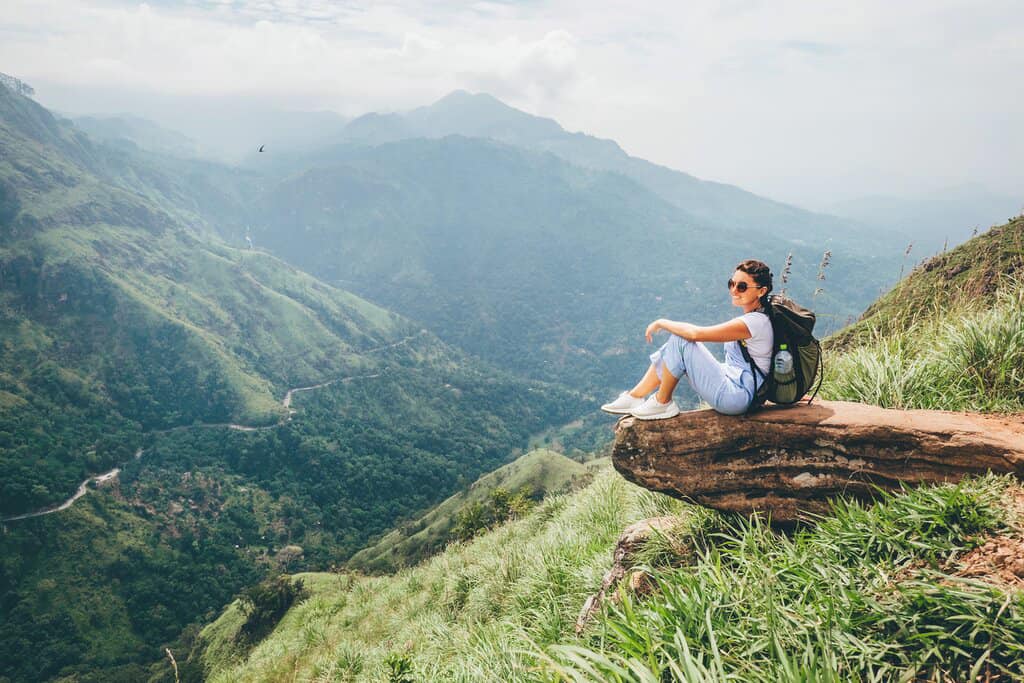
Mandori (Thinwaist) is a female name that means having a thin waist. Some people have mistaken this for Mandodari (a person with a belly like a pot). (Professor Wimala Vijayasuriya)
Queen Mandoari was Lankeshwara Shavavan’s wife, and Ravana’s brother Vibhishana was Mandoadariya’s father, Danavaya. He is a great architect. Punchi Banda, a villager of Galahitiagama, presents a legend who can be said to be the architect of the Sigiri Fort Complex. King Vesamuni wanted to build the most beautiful palace in the world. The devil, the best carpenter at that time, was the Vesamuni king, who called the devil and told him to build the most beautiful palace in the world. Not only beautiful.
The devil gathered his companions, removed some of the stones from that stone mountain, cut the big limestone into a beautiful shape, and turned that stone into a palace. Not just a palace.· A flat palace· King Vesamuni had an airplane· It is parked on the roof of the palace·
Punchi Banda mentioned Vishravasmuni or Vaisravana as the King of Vesamuni. King Pandukabhaya (367-437 BC) dedicated the banyan tree near the city’s western gate to the demon Vaishravana. (Religions and Sacrifices of Ancient Ceylon Page 102) [Sigiriya rawana 5000 years]
This Vishravasmuni is the father of King Ravana and King Kuvera and the son of Maharishi Pulaski.
After Vishravasmuni, his stepson Kuvera owned this palace and his airship Pushpikayana. However, the Ramayana says the young Shabhu took away all the movable and immovable resources, including the kingdom of Lankapura.
Girgga Samajja is an ancient Indian tradition. Dances in the heat of a stone or giragga if one climbs a stone (Dampiya Commentary 36 pages)
In the 7th-8th and 9th centuries, people from various parts of Sri Lanka came to Sigiriya. Martin Wickramasinghe says that people gather at the top of the Sigiri Gala to see Sigiri images and participate in festivals like “Giragga Samajja”. (Sigigraffiti Vol pp CCXV)
A question will arise whether the Roman capitalists came to Sigiriya for the Girgga community or to buy the gems of the nobles who had settled there. [Sigiriya rawana 5000 years]
It can be said that Vishravasmuni (Vesamuni) Kuvera, etc., shone as the capitalists of the whole world because of the precious gems of infinite value in the Lankapura kingdom (Laggala). Queen Kuveni temporarily settled in Tammanna because she inherited Sirisa Vastu Pura and Halawata Muthu Kingdom.
Halawata Munneswaram Maha Shiva Temple is a centre of King Ravana andor his descendants of Surya Bhaktikas.
Not enough sources have been found so far that a festival like Giragga Samajja was held in Sri Lanka. Even so, the Mahavamsa (Mahavamsa X pp. 64-65) says there was a sex festival during the reign of Pandukabhaya.
Heung Tsang has stated that before Buddhism came to light, immorality and sacrifices were held in Sri Lanka. (Buddhist Records of the Western World, p 206)
However, it is fair to call Sigiriya a palace where kings and nobles lived since its inception.
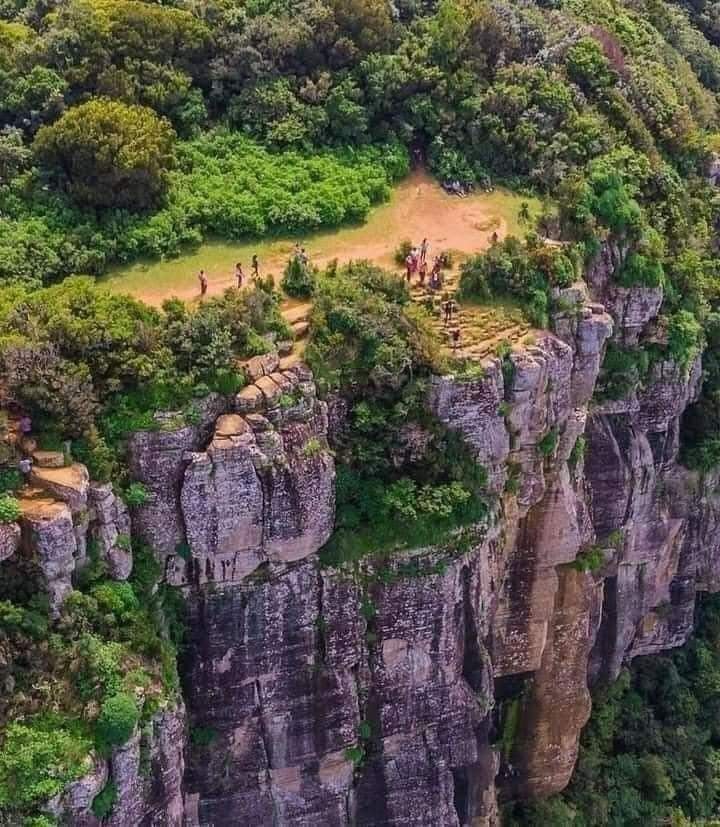
.
If the Romans come to a festival like Giragga Sama-ja and scatter these ranks, it is sure that everyone will pick up the ranks simultaneously.
It is the opinion of geologists that there is a tunnel river route through Matale. Dr Sri Vatsava has stated to me that English national engineers imagined it as a tunnel river, which could be a water channel of the Ravana era. (1982.05.03) Discussion – Nuwara Eliya) [Sigiriya rawana 5000 years]]
Another opinion is that there is a tunnel under the Sigiri rock to Laggala. (Periyasamy Vaiyapura – Badulla discussion 80.02.14)
Many Laggala also mean that there is a tunnel from Sigiriya to Lakegala. T tunnels were a prevalent transportation system during the Ravana era.
Thus, there is no doubt that there was a tunnel system from Sigiriya to Lakgala and from Lakgala to Bimthanne Sirisavasaku Pura.
Mr. Sri Vatsava, a doctor by profession, is an Indian national. Having researched King Ravana and his resting places in the Himalayas of India and various parts of Sri Lanka, he understands King Ravana’s multiple behaviours.
King Kassapa (477-495), who lived in Sigiriya, learned astrology from the Maga Brahmin when he was young, and he received full support from King Dhatusena. As a result, Sigiriya became a laboratory for planetary research, says Dr. Kingsley Gunathi, an expert astrologer.
Dr. Gunathilaka believes that King Dhatusena’s final resting place was in Sigiriya. [Sigiriya rawana 5000 years]
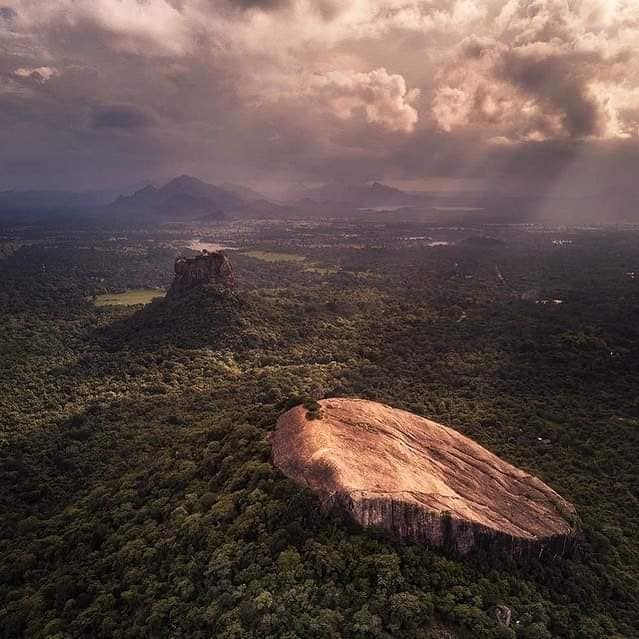
Prince Kassapa studied astrology thoroughly with the help of King Dhatusena’s court astrologer, Brahmin Rishi Kevala Maga. One of his texts in Ola leaf on astrology remains in the British Museum. Kassapa knew that according to his stars, he should become King before his brother Mugalan. So he suddenly arranged a coup d’etat and became the King of Sri Lanka in 497 A.D.
His astrologer friend Brahmin Kewala Muga instructed King Kassapa to convert Sigiriya into a planetarium. Sigiriya was rebuilt under the guidance of Brahmin Maga (The Island 3. 11.1982)
Gunathilaka mentions that archaeologists say there was a mirror wall around Sigiri rock. Dr Gunathilaka thinks the mirror wall has an 80% degree of rotation and is valid for scientific research activities such as preparing auspiciousness. L. Ra. Kingdom (page 171) says.
Sigiriya Ravana built Marx Fernando’s idea. But according to the folklore of Laggala, Inamaluwa, Talkote, Galahitiagama, etc. suburbs, the only truth is that Maya Danava built this stone palace on the order of King Vesamuni (Vishravasmuni).
It is necessary to inquire who created such an incredible creation. ‘Maya’, who was grateful for his help in saving his life during the burning of the Khandava forest in the Mahabharata poem, completed an ornamental hall for the leader of the Pandavas, Yudishthira Narendra. Lankeshwara is Ravana’s cousin. Monsters ‘Dundahi’ and ‘Mayavi’ are the fathers of heroes. A skilled architect. It is said that Maya Danavaya wrote the architectural book ‘Mayamathaya’. ‘Surya Siddhanta’ is also one of Maya’s books. On the day of Ravana’s marriage to Maya’s daughter, Mandodari, King Ravana gifted Ravana with his mighty trident. (Abridged Ramayana, pg.190).
There is no doubt that Maya Danava is what the current villagers call Maya Yakshaya.He appears in literary texts as Kuveraya. (Religions and Sacrifices in Ancient Ceylon, p. 97).
He said that 300 acres of land belonged to Sisgiri at that time. C. Lowry says The Gazetteer of Central Province pp.791). [Sigiriya rawana 5000 years]
According to Dunstan Fernando, the project director of the Sri Lanka Hunger Eradication Campaign, there is evidence that an ancient civilization spread for miles around Sigiriya (Silumina, 1994.04.24). [Sigiriya rawana 5000 years]
Dr. Kingsley Gunathilaka, an astronomy researcher, firmly states that this place is the planetarium of King Kasyapa.
The two places, Sigiriya, Lakegala, etc., were the palaces of the Yakshagotri tribal scholars and scientific resorts.
That is why Indian Arya Janakotas like these Arya Sinhalese worship Mahakala and Mahakali. Eyes on this. D. The Laneroll comments:
‘The Aryans tagged on the rituals performed in the worship of Yakkha deity known as Mahakala the supreme Yakkha deity must have originated from a natural sight seen on the top of a rocky mound’.
Like Maha Kali, the worship of Maha Kala is also widespread in India, and some believe that Maha Kala and Maha Kali were powerful generals in Ravana’s army.
This Sigiriya is also known as ‘Chitrakuta’. It is probably because it was an art gallery full of beautiful paintings. A man said to us. (Discussion on 05.01.1980).
It will be apparent from this data set that the founder of Sigiriya was the great architect Maya Danava, and its ancestor was King Vishravasmuni.
After that, this historical fort, which was changing hands from the hands of the demon clan elites of the Ravana family, got a new light after King Pandukabhaya took control of Heladiva. Pandukabhaya’s son ‘Murundashiva’ (Muta Shiva) and his son Devanampiyatissa (307-267 BC) also joined this place because of their hereditary heritage. Sigiriya was remodelled from time to time by various kings. King Kasyapa is only one of them. Lankapura, the kingdom of demons, is not an imaginary city. Spencer Hardy has stated that the place has been identified in the Matale District of the Central Province (Sri. La.Ra.Ra., p. 135).
Can Ravana’s name be removed from Sigiriya? This is a question that combines history and archaeology. Sigiriya’s distant past is carefully explored among the granite slabs and the sands of time, and it can be believed that one day shortly, hundreds of miles-long tunnel will be found at the bottom of the Sigiri rock. Also, even if the ruins of a collapsed city were found thousands of feet below, it should not be surprising because it is evident that the megalithic era of Sri Lanka was a more advanced era than today. [Sigiriya rawana 5000 years]
http://www.divaina.com/2011/09/28/badada04.html
